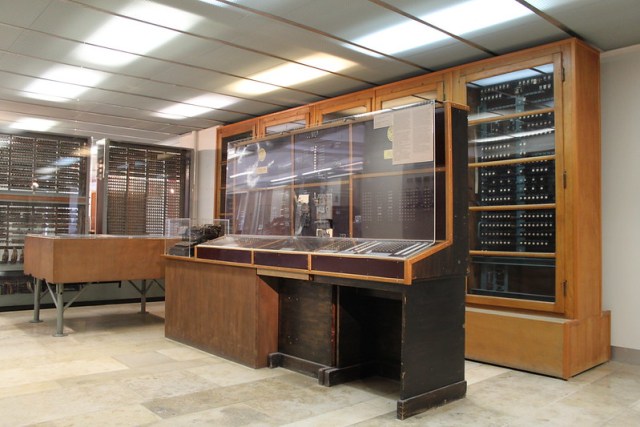
First the first time in modern history, researchers will be to able to be able to get a better understanding of what’s considered the world’s oldest surviving digital computer. This user manual was long gone quite a long time until it was recently rediscovered. Constructed in 1945, the Z4 is nearly the size of a room, runs on tape, and needed several human operators to be able to function. The machine’s new home is at the Deutsches Museum in Munich, Germany.
The manual was noticed by Evelyn Boesch, an archivist working at ETH Zurich. As it turns out, she discovered the manual among other assorted documents that belonged to her late father back in March. René Boesch did work at the Swiss Aeronautical Engineering Association based at the Swiss Aeronautical Engineering Association University’s Institute for Aircraft Statics and Aircraft Construction. It’s no surprise seeing as that’s where the Z4 was housed in the early 1950s.
Among some of the things that were recovered from Boesch’s documents were some notes that were related to one of the many arithmetic problems that the Z4 helped to solve. The notes were related to the development and testing of the P-16 jet fighter. Bruderer noted in a blog post for the Association of Computing Machinery, ‘These included calculations on the trajectory of rockets, on aircraft wings, on flutter vibrations [and] on nosedive.’
The backstory of this what you would call, comprehensive. The Z4 computer was invented by a German civil engineer named Konrad Zuse. Zuse invented the Z4 computer is more than the likely the one who wrote the manual, seeing as he is the one that invented the Z4. Bruderer said that during the time of the Nazis, the government had requested that Zuse be moved to a concentration camp where the regime used forced labor to build rockets and flying bombs. He refused to cooperate, though, and instead moved the Z4 out to a barn in a rural town until the war was over.
The Z4 computer was acquired by Eduard Stiefel, later. Stiefel was a mathematician at ETH Zurich’s Institute for Applied Mathematics. The system then spent a a few years at the French and German Research Institute of Saint-Louis before it was sent to the Deutsches Museum in 1960.
I love art, sky, trees, computers, science, technology, and space. I’m an entry-level web developer, and I love to do research on the latest upcoming tech!
